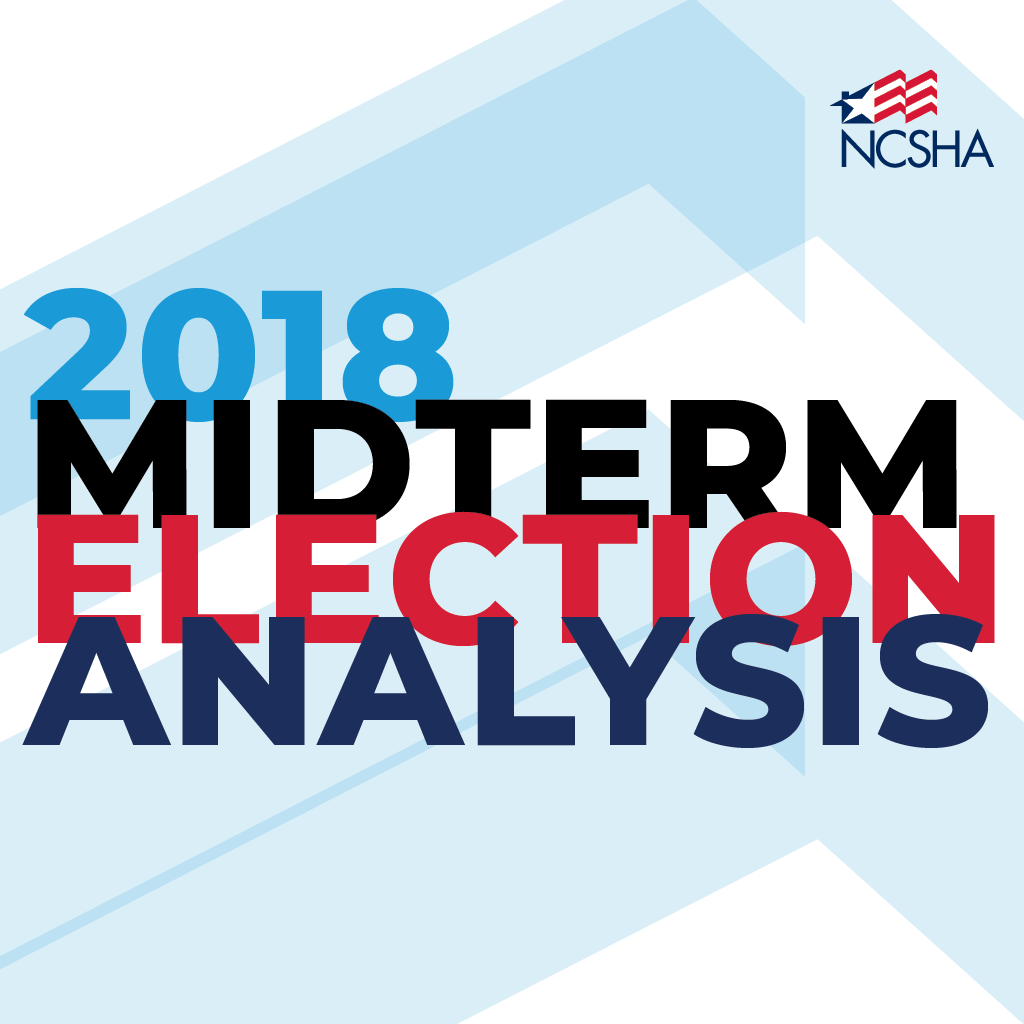NCSHA Releases 2018 Election Analysis

Executive Summary
In the 2018 midterm elections, Democrats gained a majority in the House and Republicans grew their small Senate majority, setting up a divided congressional government for the remaining two years of President Trump’s first term. Due to election outcomes that cannot be determined as of this writing, the exact sizes of the House Democratic and Senate Republican majorities are uncertain.
Divided congressional government could augur bipartisan dealmaking or continued and intensified gridlock, depending on whether party leaders and legislators take steps to bridge their partisan differences or accentuate them leading into the 2020 Presidential and congressional elections. Congressional staff and other stakeholders already are discussing how the elections will affect the possibility of enacting appropriations, tax changes, and infrastructure legislation during the post-election “lame duck” session and next year.
Several of our Housing Credit and Bond champions retired, ran for new offices, or lost their reelection bids. Many Affordable Housing Credit Improvement Act cosponsors will not return. Many of our current champions remain in office, and some are rising to new key roles in the next Congress. In the tax arena, we will need to identify new champions, educate new members of Congress, and build support for new legislation we hope will be introduced early next year. In other areas, such as appropriations and housing legislation, there are other changes to which we will need to adapt. This election puts in sharp relief the challenges and opportunities affordable housing faces in the new Congress.


